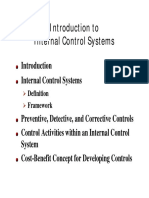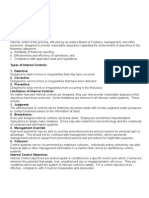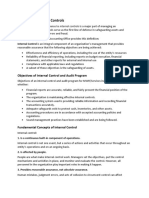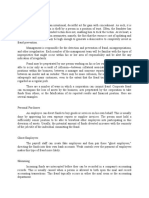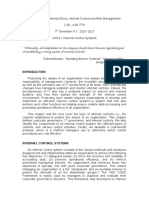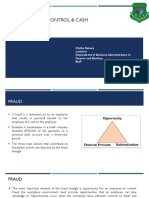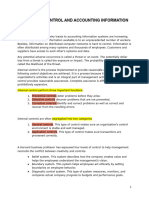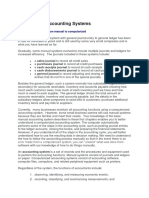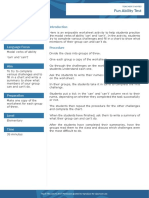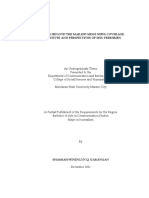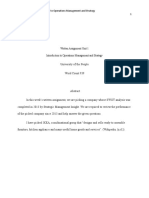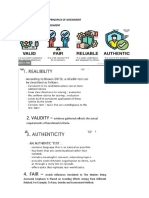0% found this document useful (0 votes)
74 views3 pagesInternal Control and Accounting System Design
Internal control is a process that helps an organization achieve its objectives through effective and efficient operations, reliable financial reporting, and compliance with laws and regulations. It involves establishing policies and procedures to direct operations and ensure the protection of assets. Internal control plays a key role in preventing and detecting fraud. Companies are responsible for implementing internal controls and evaluating their effectiveness on an ongoing basis.
Uploaded by
Hafidzi DerahmanCopyright
© © All Rights Reserved
We take content rights seriously. If you suspect this is your content, claim it here.
Available Formats
Download as PDF, TXT or read online on Scribd
0% found this document useful (0 votes)
74 views3 pagesInternal Control and Accounting System Design
Internal control is a process that helps an organization achieve its objectives through effective and efficient operations, reliable financial reporting, and compliance with laws and regulations. It involves establishing policies and procedures to direct operations and ensure the protection of assets. Internal control plays a key role in preventing and detecting fraud. Companies are responsible for implementing internal controls and evaluating their effectiveness on an ongoing basis.
Uploaded by
Hafidzi DerahmanCopyright
© © All Rights Reserved
We take content rights seriously. If you suspect this is your content, claim it here.
Available Formats
Download as PDF, TXT or read online on Scribd
/ 3



